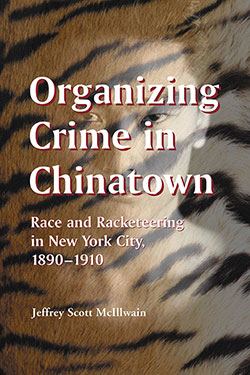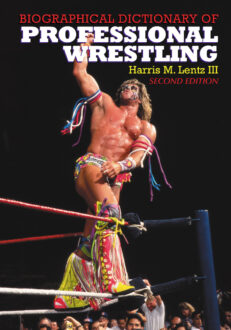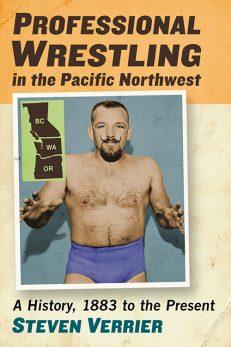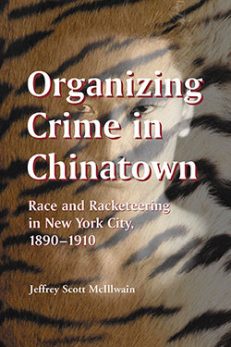Organizing Crime in Chinatown
Race and Racketeering in New York City, 1890–1910
$29.95
In stock
About the Book
More than a century ago, organized criminals were intrinsically involved with the political, social, and economic life of the Chinese American community. In the face of virulent racism and substantial linguistic and cultural differences, they also integrated themselves successfully into the extensive underworlds and corrupt urban politics of the Progressive Era United States. The process of organizing crime in Chinese American communities can be attributed in part to the larger politics that created opportunities for professional criminals. For example, the illegal traffic in women, laborers, and opium was an unintended consequence of “yellow peril” laws meant to provide social control over Chinese Americans. Despite this hostile climate, Chinese professional criminals were able to form extensive multiethnic social networks and purchase protection and some semblance of entrepreneurial equality from corrupt politicians, police officers, and bureaucrats. While other Chinese Americans worked diligently to remove racist laws and regulations, Chinatown gangsters saw opportunity for profit and power at the expense of their own community.
Academics, the media, and the government have claimed that Chinese organized crime is a new and emerging threat to the United States. Focusing on events and personalities, and drawing on intensive archival research in newspapers, police and court documents, district attorney papers, and municipal reports, as well as from contemporary histories and sociological treatments, this study tests that claim against the historical record.
About the Author(s)
Bibliographic Details
Jeffrey Scott McIllwain
Format: softcover (6 x 9)
Pages: 260
Bibliographic Info: photos, appendix, notes, bibliography, index
Copyright Date: 2004
pISBN: 978-0-7864-1626-4
eISBN: 978-0-7864-8127-9
Imprint: McFarland
Table of Contents
Acknowledgments vii
Preface 1
PART I: RACE AND THE AMERICAN UNDERWORLD
1. Alien Conspiracy, Yellow Peril and the “Threat” Posed by “Non-Traditional” Organized Crime 5
2. Social Networks and the Organization of Crime 10
3. Social Networks and the Institutionalizing of Guanxi 25
PART II: ORGANIZING CRIME ON GOLD MOUNTAIN
4. The Four Vices and the Bachelor Society 41
5. Chinese Syndicates: Prostitution and Opium 50
6. Chinese Power Syndicates: Gambling and Muscle 67
PART III: NEW YORK, NEW YORK
7. New York After Chinatown 83
8. Chinatown Vice and “The Bowery! The Bowery!” 105
9. Setting the Stage for a Tong War 127
10. The Gloves Come Off 147
11. “The Dead Dove of Peace” 166
PART IV: ORGANIZED CRIME AND THE AMERICAN EXPERIENCE
12. Rethinking the Gangster Image 183
Appendix: Comments on Literature, Sources, and Methodology 189
Chapter Notes 203
Bibliography 231
Index 245
Book Reviews & Awards
“Useful…recommended”—Choice; “McIllwain writes well…interesting and informative…engrossing and exhaustive in its detail…well done…colorfully written”—Journal of American Ethnic History; “Fascinating…unique look.”—Jay Albanese, author of Organized Crime in America; “This is revisionist history at its best…a meticulously documented work of scholarship.”—Joe Albini, author of The American Mafia; “Exciting example of modern interdisciplinary scholarship…an important contribution.”—Michael Woodiwiss, author of Organized Crime and American Power; “Unprecedentedly close look at New York’s Chinatown.”—David Courtwright, author of Violent Land and Forces of Habit.






